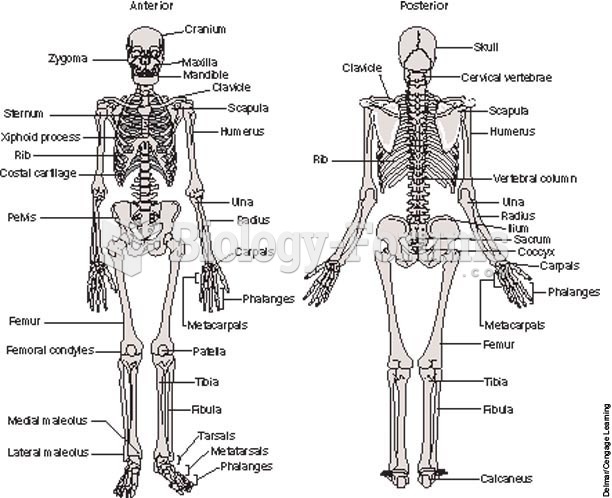Answer to Question 1
D
Feedback
A Incorrect. Information about his health insurance can provide clues about non-adherence to therapy if the insurance provider denies coverage for diabetic sup-plies or other necessary health care services. This is a low priority for the nurse faced with a patient who has such a serious health problem.
B Incorrect. The nurse can gather clues about the origin of the patient's infection by questioning him without the wife present. However, talking to him in privacy does not guarantee that he will be forthcoming with information or a reliable source of information. This is secondary to his physical needs.
C Incorrect. It is premature to consult with social services about neglect because the nurse has not completed an assessment. However, when the nurse completes the patient assessment, if the nurse gathers evidence supporting a claim of abuse or neglect, social services are a valuable resource for connecting the older adult to community services. The nurse should follow agency policy regarding abuse and neglect.
D Correct. Infected, black rings around both ankles of an individual who has di-abetes is a potential clinical indicator of prolonged hyperglycemia because of nonadherence, neglect, or abuse. To begin the assessment of his health care re-gimen, the nurse checks his glycosylated hemoglobin to quantify his exposure to hyperglycemia. This is the best intervention because the nurse fulfills the duty owed to the patient by implementing a patient-focused action. Although the nurse might be suspicious of potential abuse or neglect because it is doubtful the rings were caused by tight shoes, the nurse's priority is the older adult.
Answer to Question 2
D
Feedback
A Incorrect. Scurvy is a vitamin C deficiency, and sources of vitamin C such as citrus fruits, strawberries, broccoli, and potatoes are permitted to followers of the Hindu faith.
B Incorrect. Pellagra is a deficiency in niacin. Although niacin is found in liver, red meat, and fish, it is also found in whole- and enriched-grain products.
C Incorrect. Bleeding disorders due to nutritional deficiencies are usually the result of a lack of vitamin K in the diet. Vitamin K is found in deep, green, leafy vegetables, soy beans, and vegetable oils, which are permitted to followers of the Hindu faith, as well as pork and liver, which are not.
D Correct. Because followers of the Hindu faith are vegetarians, they are at risk to develop iron deficiency anemia because their intake of iron (and zinc and cal-cium) tends to be low. This results in insufficient stores of iron and inhibits the completion of the hemoglobin molecule, vital for the transportation of oxygen throughout the body.







